In the field of pulmonary medicine, soft endoscopic bronchoscopy has emerged as an innovative and minimally invasive technique for diagnosing and treating various lung disorders. With its ability to visualize the intricate structures of the airway, this procedure has revolutionized the way physicians approach respiratory conditions, offering a safer and more effective alternative to traditional bronchoscopy. In this blog, we will delve into the world of soft endoscopic bronchoscopy, highlighting its benefits, applications, and advancements that make it a breath of fresh air for both clinicians and patients alike.
1. Understanding Soft Endoscopic Bronchoscopy
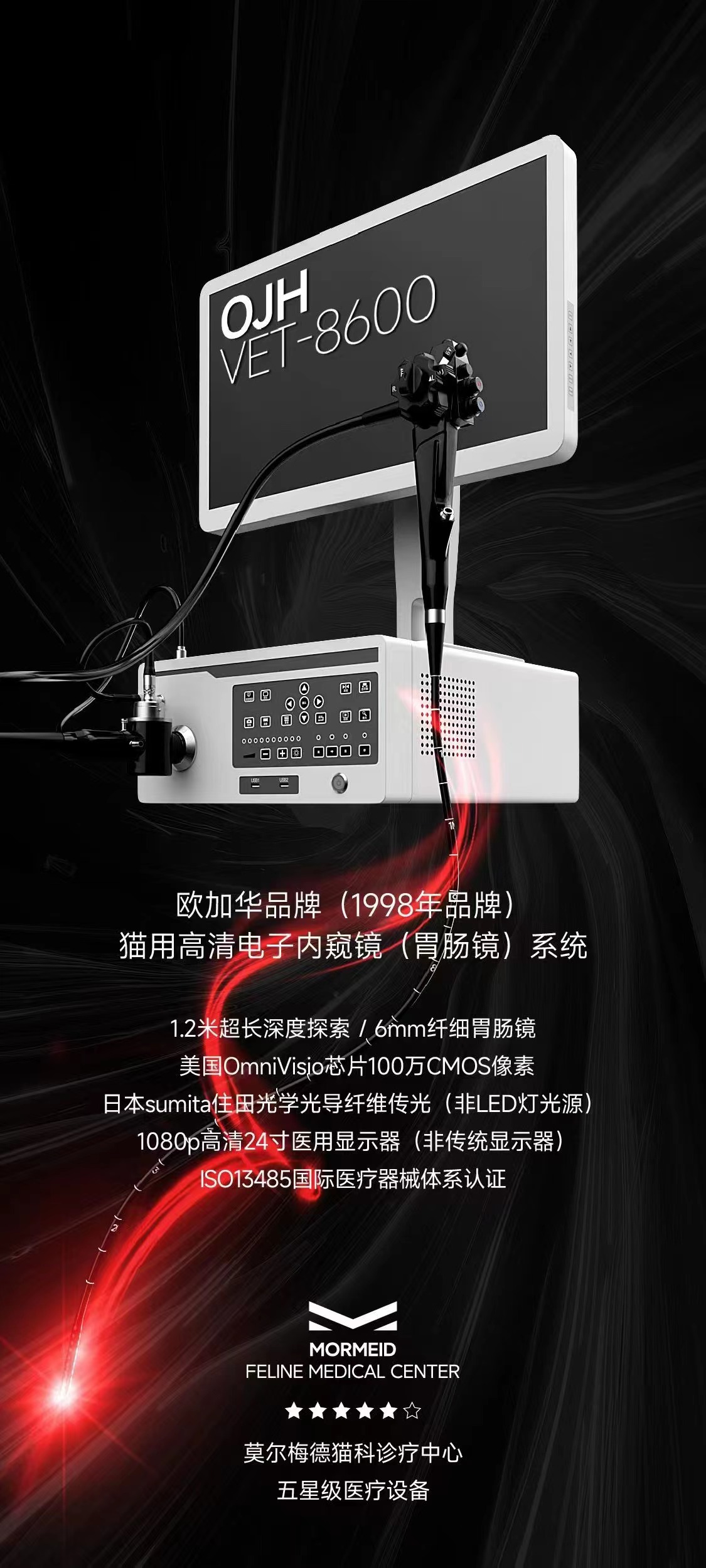
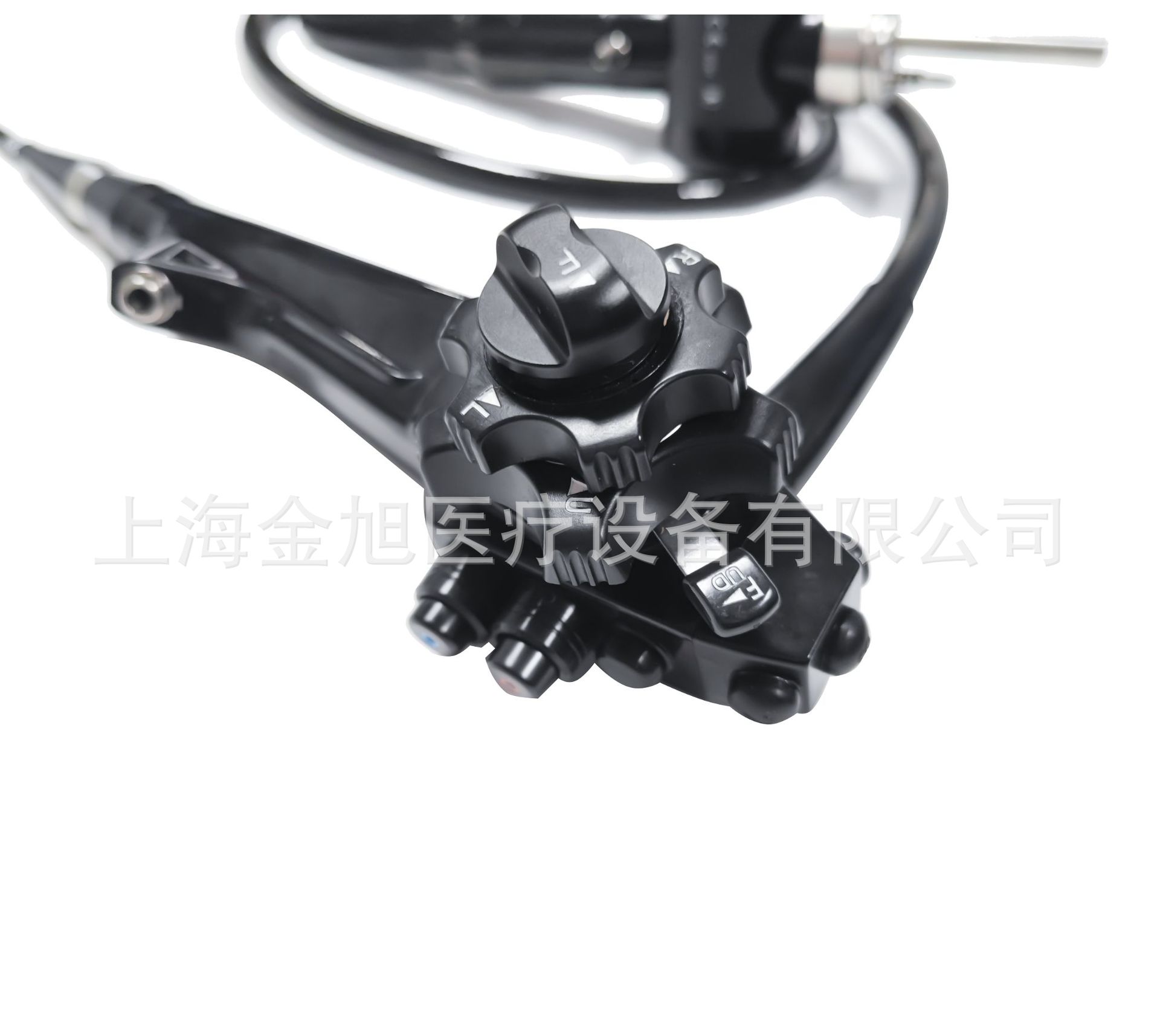
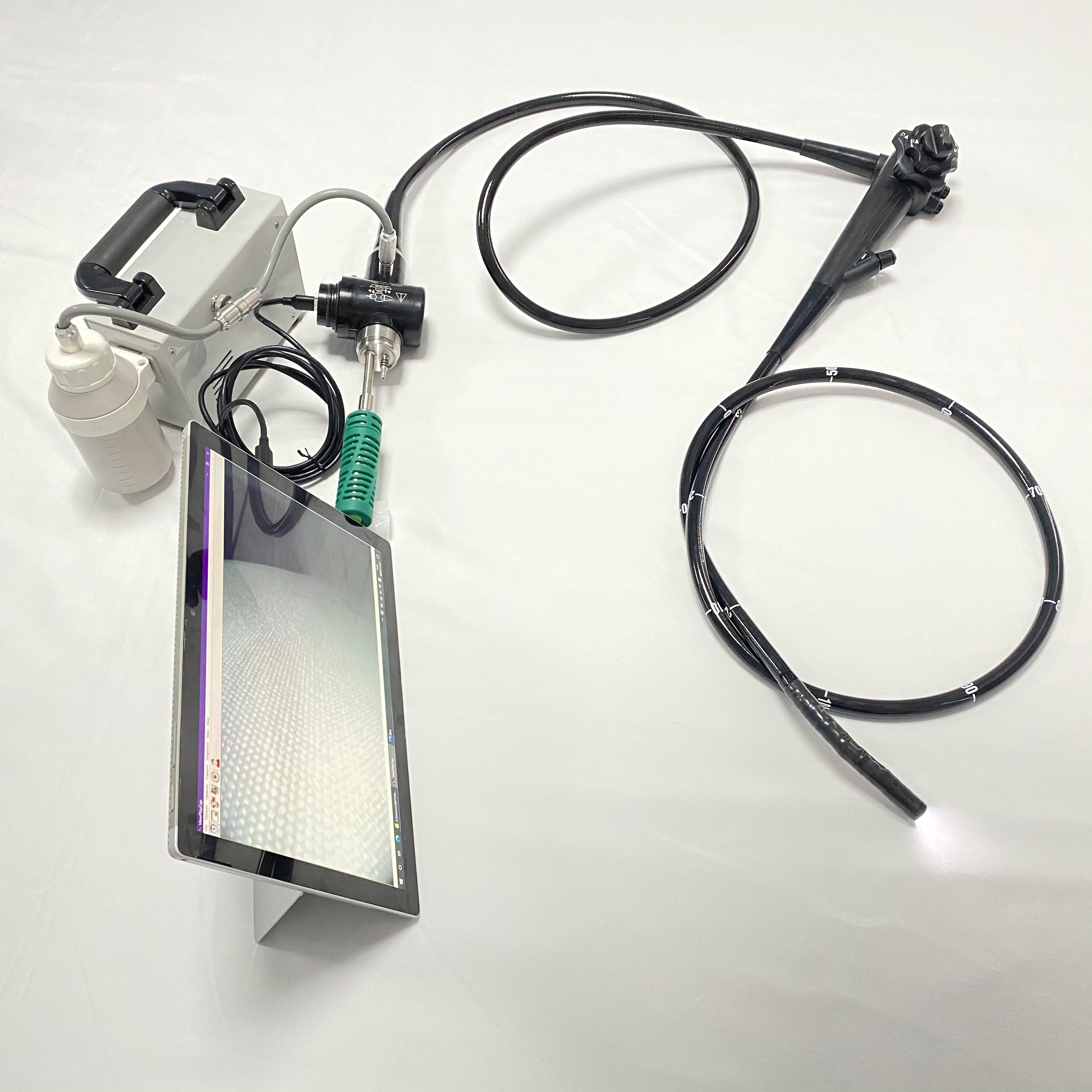
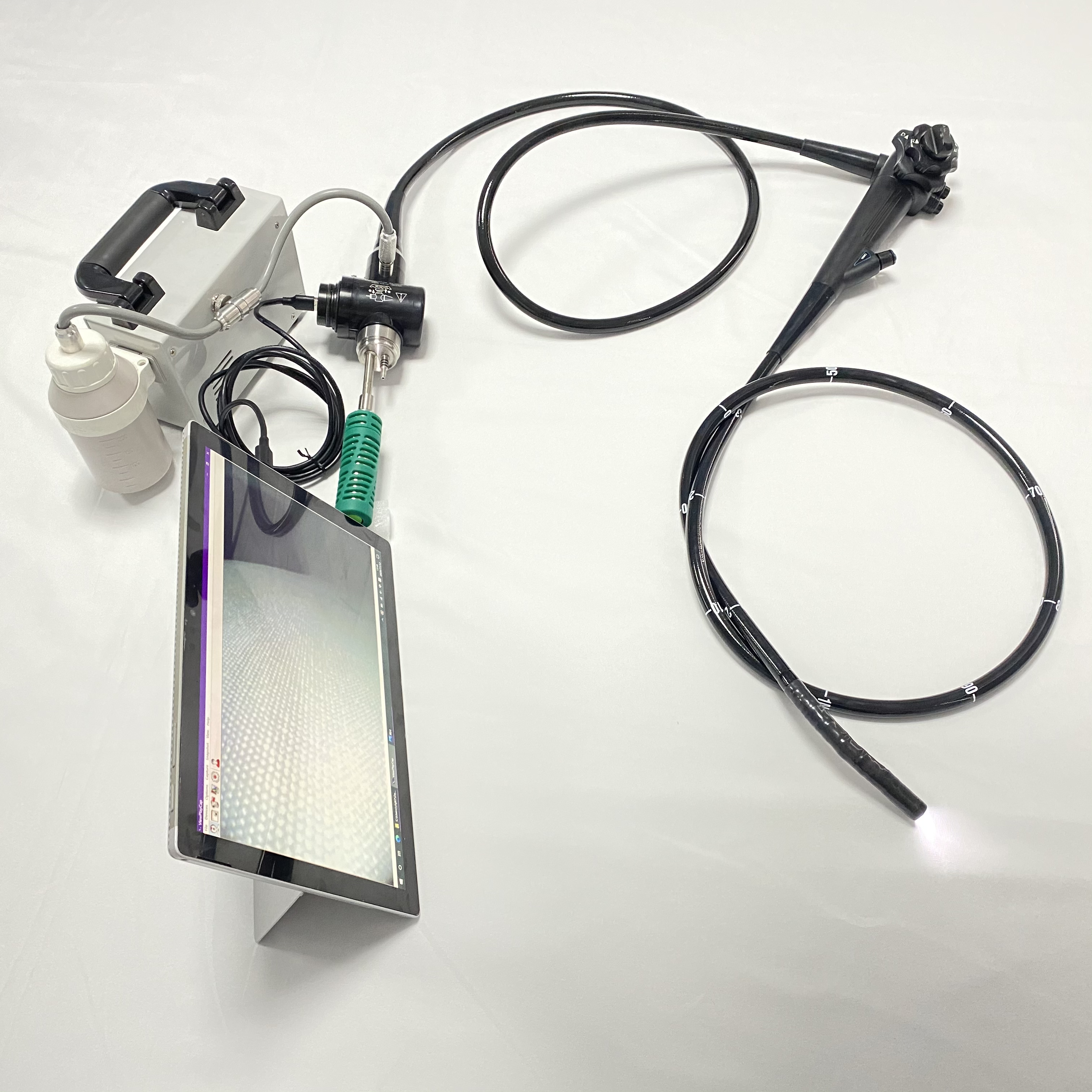
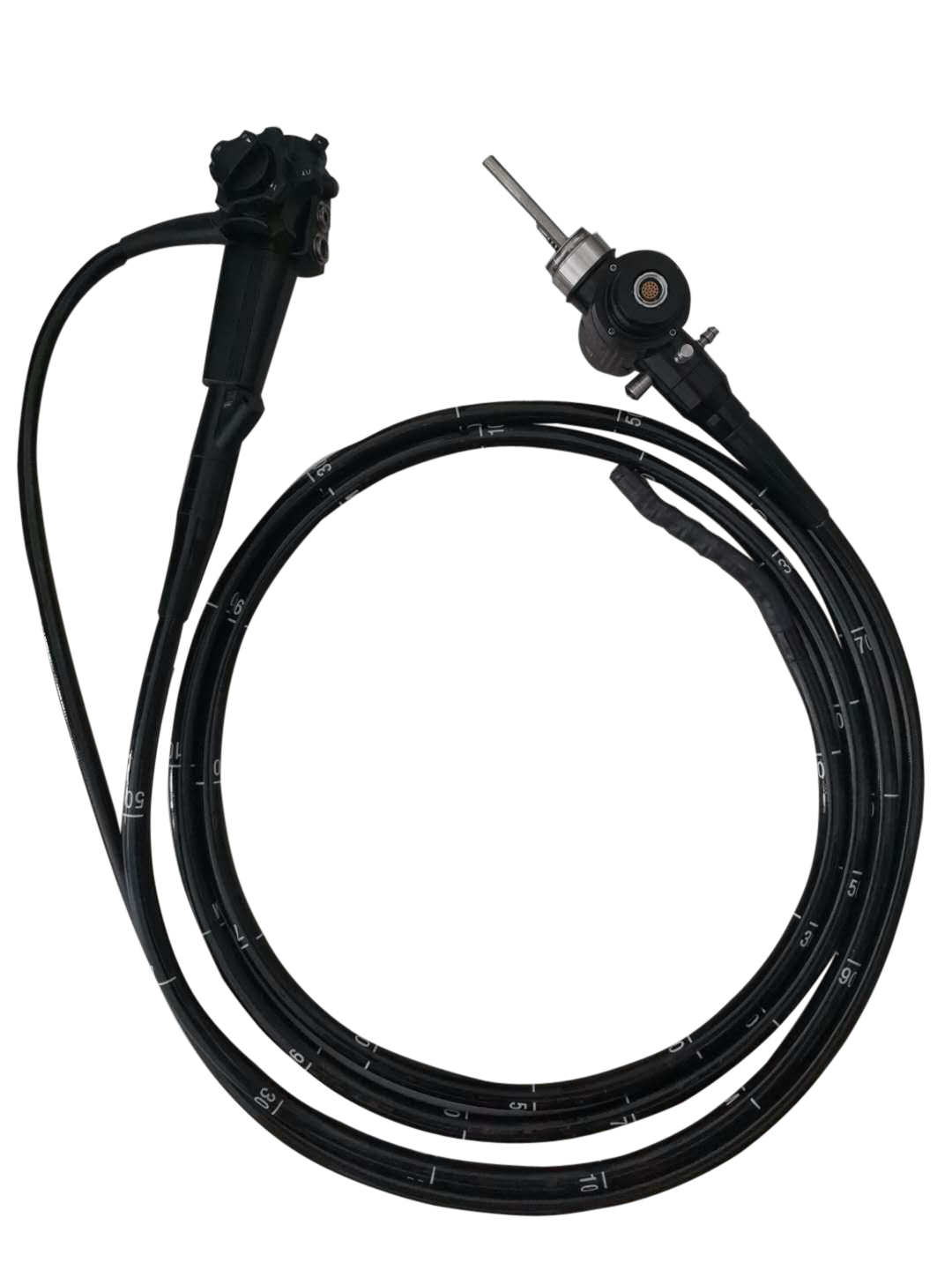
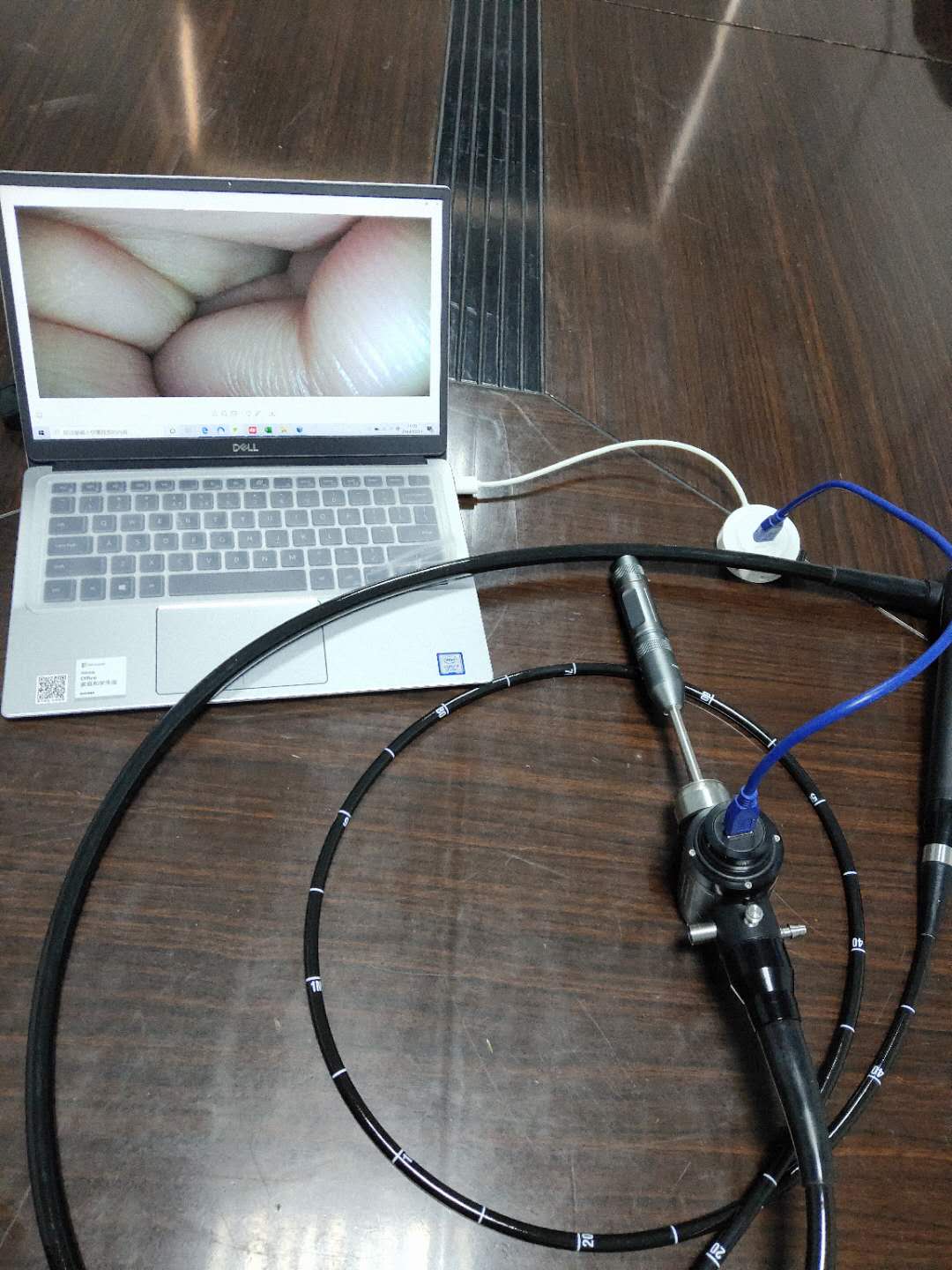
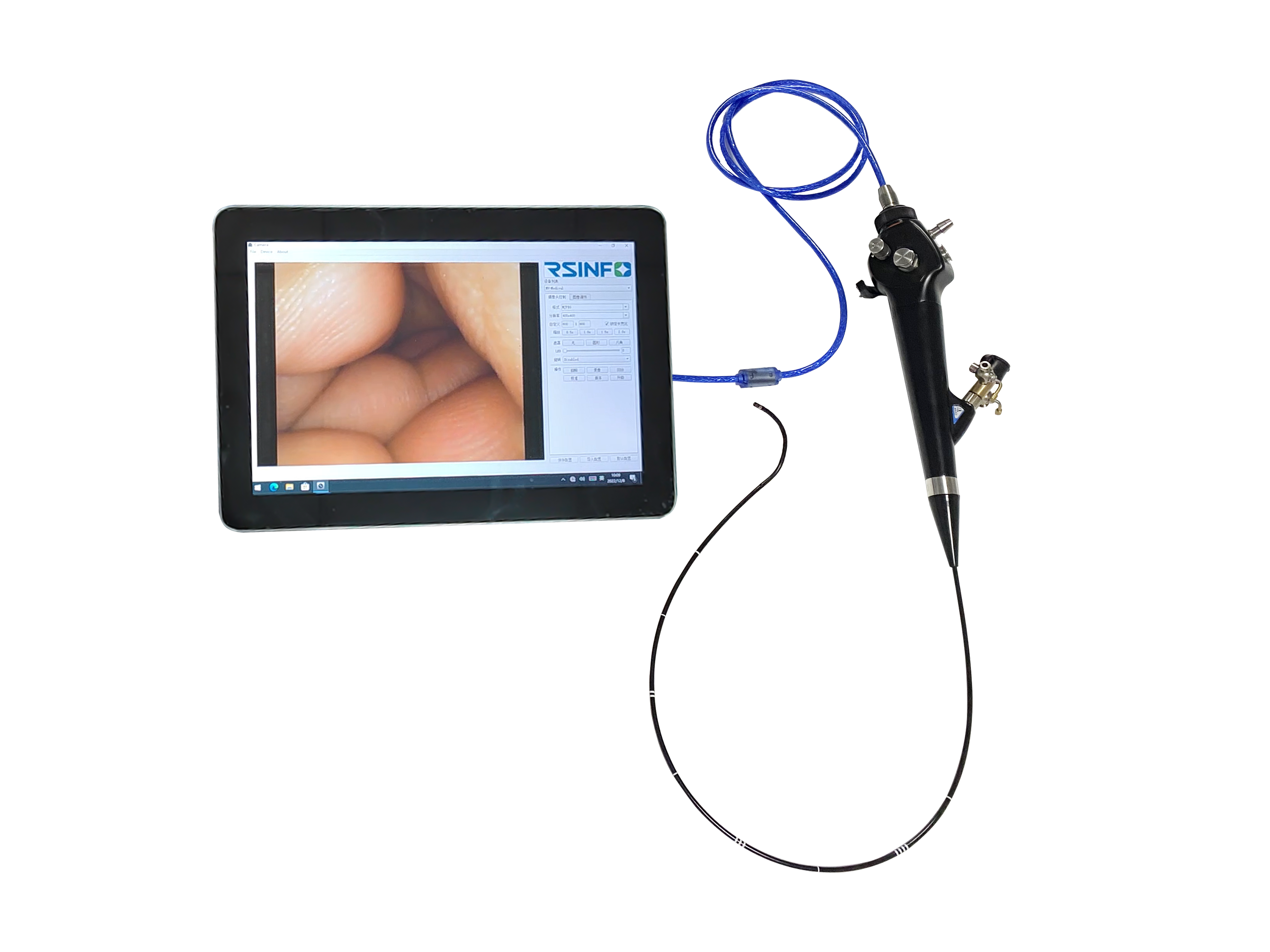
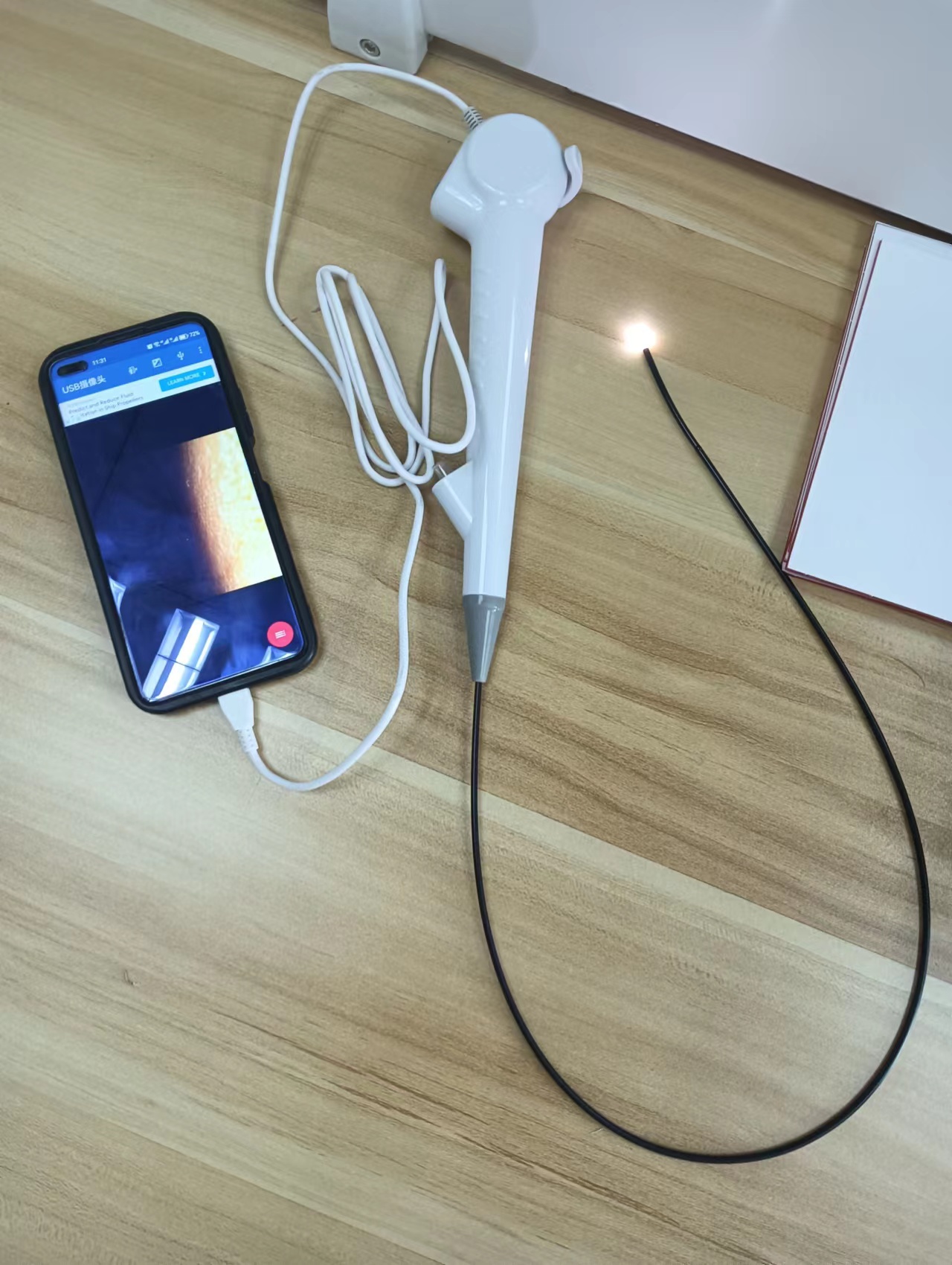
Soft endoscopic bronchoscopy refers to the use of a flexible and thin tube, called an endoscope, to examine the airways of the lungs. This instrument is typically inserted through the mouth or nose and guided gently into the bronchial tree. Unlike rigid bronchoscopy, the soft endoscopic approach offers greater flexibility, enabling physicians to navigate through narrow or tortuous airways with ease. Additionally, the endoscope is equipped with a light source and a camera, providing real-time video imaging of the internal respiratory tract.
2. Applications of Soft Endoscopic Bronchoscopy:
2.1 Diagnosis: Soft endoscopic bronchoscopy plays a crucial role in the diagnosis of various pulmonary conditions such as lung cancer, interstitial lung disease, and infections like tuberculosis. It allows physicians to obtain tissue samples for pathological analysis through techniques like bronchoalveolar lavage (BAL) and transbronchial biopsy, aiding in accurate diagnosis and treatment planning.
2.2 Therapeutic Interventions: In addition to diagnosis, soft endoscopic bronchoscopy facilitates therapeutic interventions. Techniques like endobronchial electrocautery, laser therapy, and cryotherapy can be performed to remove or ablate tumors or other obstructions in the airways. Furthermore, the placement of stents or bronchial valves to relieve symptoms related to airway narrowing or collapse has also become possible through this procedure.
3. Advancements in Soft Endoscopic Bronchoscopy:
3.1 Virtual Navigation Systems: One of the significant advancements in soft endoscopic bronchoscopy is the integration of virtual navigation systems. By combining preoperative imaging with real-time bronchoscopic video, these systems help guide the endoscope through the intricate airway pathways. This improves accuracy, reduces procedure time, and minimizes the risk of complications, ultimately enhancing patient outcomes.
3.2 Optical Coherence Tomography (OCT): OCT is a new imaging modality that allows for high-resolution imaging of the bronchial wall and deeper layers of tissue, surpassing the capabilities of traditional bronchoscopes. Its non-invasive nature and improved visualization make it a valuable tool for early detection and monitoring of lung diseases, such as bronchial asthma and chronic obstructive pulmonary disease (COPD).
Conclusion:
Soft endoscopic bronchoscopy has undoubtedly revolutionized the field of pulmonary medicine, providing a safer, more accessible, and minimally invasive alternative for diagnosing and treating lung disorders. The procedure’s flexibility, combined with advancements like virtual navigation systems and OCT, has opened new horizons in precision medicine. As technology continues to evolve, soft endoscopic bronchoscopy holds incredible potential for improving patient outcomes and transforming the way respiratory conditions are managed. It is indeed a breath of fresh air in the realm of pulmonary medicine, ensuring a healthier future for individuals worldwide.
Post time: Oct-16-2023

